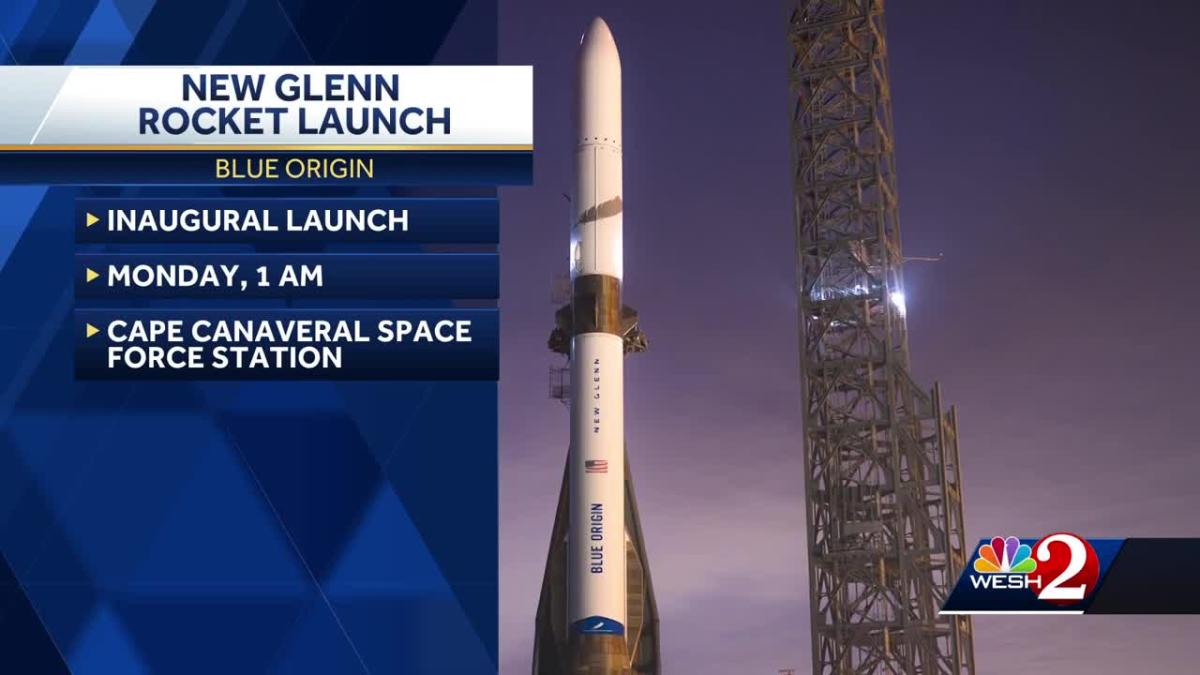Climate Whiplash: How Cities Are Facing Increased Extreme Weather Events

Table of Contents
Increased Frequency and Intensity of Extreme Heat
Urban Heat Island Effect
Cities, with their vast expanses of concrete and asphalt, absorb and retain significantly more heat than surrounding rural areas. This phenomenon, known as the urban heat island effect, exacerbates the impact of heatwaves, leading to dangerously high temperatures in urban centers.
- Increased mortality rates during heatwaves: Studies consistently show a correlation between extreme heat events and increased mortality, particularly among vulnerable populations like the elderly and those with pre-existing health conditions.
- Higher energy consumption for cooling: The intense heat necessitates higher energy consumption for air conditioning, placing a strain on energy grids and contributing to greenhouse gas emissions, further fueling climate change.
- Infrastructure damage due to extreme heat: Extreme heat can cause damage to roads, bridges, and other infrastructure due to expansion and contraction of materials.
Impacts on Public Health
The increased frequency and intensity of heatwaves pose a significant public health crisis in urban areas. The prolonged exposure to extreme heat can lead to various heat-related illnesses:
- Heat stroke: A life-threatening condition characterized by a body temperature exceeding 104°F (40°C).
- Respiratory illnesses: Heat can exacerbate respiratory problems, such as asthma and bronchitis.
- Cardiovascular problems: Extreme heat increases the strain on the cardiovascular system, leading to heart attacks and strokes.
- Increased strain on healthcare systems: The surge in heat-related illnesses overwhelms healthcare systems, stretching resources and personnel to their limits.
The Growing Threat of Flooding and Water Scarcity
Increased Rainfall and Flash Floods
Climate change is altering rainfall patterns, leading to more intense rainfall events in shorter periods. This results in flash floods, which can devastate urban areas:
- Damage to infrastructure: Flooding causes significant damage to roads, bridges, buildings, and underground infrastructure.
- Displacement of populations: Flooding forces people to evacuate their homes, leading to displacement and disruption of lives.
- Disruption of essential services: Flooding can disrupt essential services like electricity, water, and sanitation, impacting public health and safety.
Drought and Water Shortages
Conversely, climate change also contributes to prolonged droughts and water shortages in many urban areas:
- Water restrictions: Cities are often forced to implement strict water restrictions, impacting residents, businesses, and industries.
- Agricultural impacts: Droughts severely affect agricultural production, impacting food security and the economy.
- Conflicts over water resources: Competition for dwindling water resources can lead to conflicts between different stakeholders, including residents, farmers, and industries.
The Economic Burden of Climate Whiplash on Cities
Infrastructure Damage and Repair Costs
The damage caused by extreme weather events places a significant economic burden on cities. Repairing damaged infrastructure requires substantial financial investment:
- Road damage: Flooding and extreme heat can cause extensive damage to roads, requiring costly repairs.
- Power outages: Storms and floods can disrupt power grids, leading to costly repairs and economic losses.
- Building collapses: Extreme weather can cause buildings to collapse, resulting in significant repair costs and potential loss of life.
- Cost of disaster relief: Governments and municipalities bear the substantial cost of disaster relief and recovery efforts.
Disruption to Business and Economic Activity
Extreme weather events significantly disrupt business operations and overall economic activity:
- Business closures: Flooding, heatwaves, and storms can force businesses to close temporarily or permanently.
- Supply chain disruptions: Extreme weather can disrupt supply chains, impacting the availability of goods and services.
- Loss of tourism revenue: Extreme weather events can deter tourists, resulting in significant losses for the tourism industry.
Strategies for Urban Resilience to Climate Whiplash
Investing in Green Infrastructure
Investing in green infrastructure is crucial for building urban resilience to climate whiplash:
- Reduced urban heat island effect: Green spaces and trees help reduce the urban heat island effect, mitigating the impact of heatwaves.
- Improved water management: Green infrastructure, such as permeable pavements and green roofs, improves water management, reducing the risk of flooding and improving water retention.
- Increased biodiversity: Green infrastructure supports increased biodiversity, contributing to a healthier and more resilient urban ecosystem.
Improving Early Warning Systems and Emergency Preparedness
Effective early warning systems and emergency preparedness are vital for minimizing the impact of extreme weather events:
- Improved weather forecasting: Accurate and timely weather forecasts are crucial for enabling effective preparedness measures.
- Community education: Educating communities about the risks of extreme weather and how to prepare is vital.
- Evacuation plans: Developing and practicing evacuation plans are essential for protecting lives and property.
- Emergency response teams: Well-trained and equipped emergency response teams are crucial for effective disaster response.
Conclusion
Climate whiplash presents a significant challenge to cities worldwide. The increased frequency and intensity of extreme weather events, ranging from intense heatwaves to devastating floods, have far-reaching consequences impacting public health, the economy, and urban infrastructure. Building urban resilience requires a multi-faceted approach encompassing investments in green infrastructure, improved early warning systems, and enhanced emergency preparedness. Understanding and addressing climate whiplash is crucial for the future of our cities. Learn more about how you can contribute to building more resilient urban areas and mitigating the effects of extreme weather events. Let's work together to create sustainable and climate-resilient cities for generations to come.

Featured Posts
-
 Munich Tennis Zverev Battles Griekspoor In Bmw Open Quarter Finals
May 31, 2025
Munich Tennis Zverev Battles Griekspoor In Bmw Open Quarter Finals
May 31, 2025 -
 The Versatile Duo Exploring The Culinary Uses Of Rosemary And Thyme
May 31, 2025
The Versatile Duo Exploring The Culinary Uses Of Rosemary And Thyme
May 31, 2025 -
 Northeast Ohio Rain Forecast For Thursday
May 31, 2025
Northeast Ohio Rain Forecast For Thursday
May 31, 2025 -
 Trumps Threat To California Funding Details On The Transgender Student Involved
May 31, 2025
Trumps Threat To California Funding Details On The Transgender Student Involved
May 31, 2025 -
 Blue Origin Postpones Launch Subsystem Problem Delays Mission
May 31, 2025
Blue Origin Postpones Launch Subsystem Problem Delays Mission
May 31, 2025
